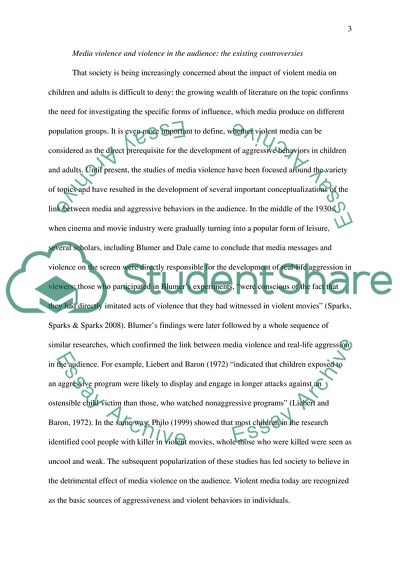Cite this document
(Does Violence in the Media Cause Violence in the Audience Coursework, n.d.)
Does Violence in the Media Cause Violence in the Audience Coursework. https://studentshare.org/media/1733698-does-violence-in-the-media-cause-violence-in-the-audience
Does Violence in the Media Cause Violence in the Audience Coursework. https://studentshare.org/media/1733698-does-violence-in-the-media-cause-violence-in-the-audience
(Does Violence in the Media Cause Violence in the Audience Coursework)
Does Violence in the Media Cause Violence in the Audience Coursework. https://studentshare.org/media/1733698-does-violence-in-the-media-cause-violence-in-the-audience.
Does Violence in the Media Cause Violence in the Audience Coursework. https://studentshare.org/media/1733698-does-violence-in-the-media-cause-violence-in-the-audience.
“Does Violence in the Media Cause Violence in the Audience Coursework”. https://studentshare.org/media/1733698-does-violence-in-the-media-cause-violence-in-the-audience.


